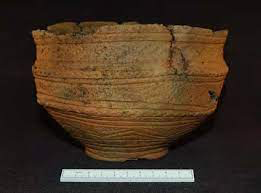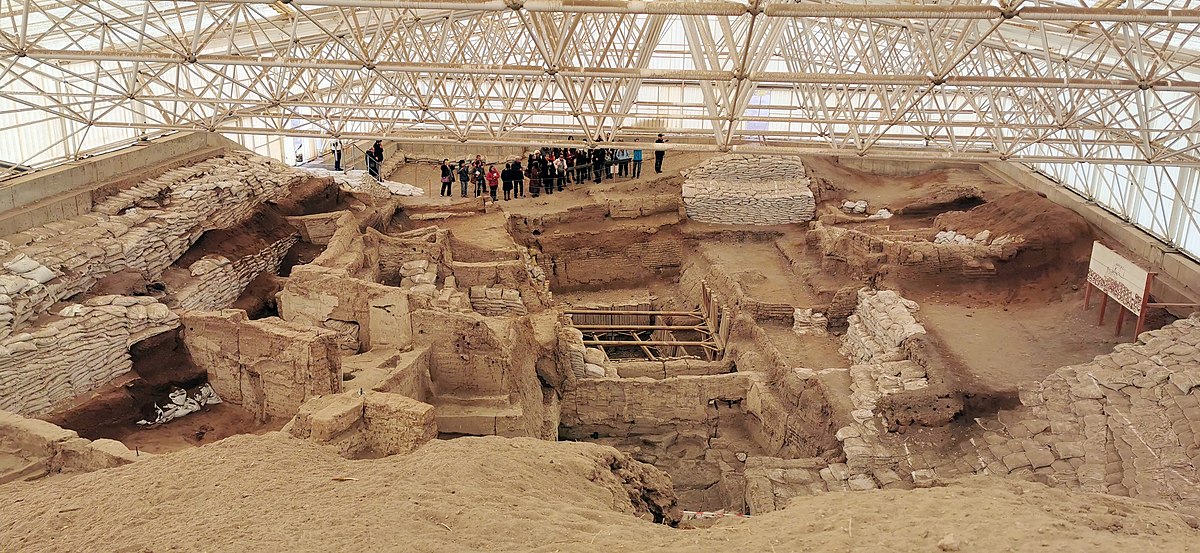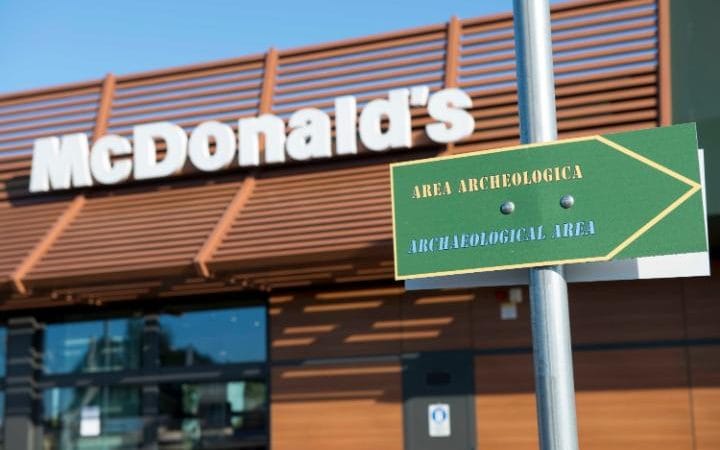I was listening to a r4 programme about history of museums, their fashions through the ages and treatment of remains in this modern world. It also went on about repatr of artifacts focusing on the theft of Benin bronzes and their return (to whom and what about the fact a lot were created by slave dealing people of Benin for the king).
Anyway, I'm not discussing artifacts but human remains. There's a few interested in archeology and a few who are or were archaeologists. So I thought I'd ask if anyone knew what the current thinking in the trade so to speak for dealing with human remains. Is it still considered right to keep? What if more recent? There's a thing about indigenous remains being repatriated but who to? Native American tribes are active in this area I heard but some only believe it right to take back bodies of ppl they're related to. Others just want them all back. Others are older so do you bury in modern potentially Christian style?
I'm not looking at debates of a political nature, just wondering if anyone knew if there is any consensus forming or a change in modern museums / archaeology sector / historical sector views on human remains, respect and treatment?
Anyway, I'm not discussing artifacts but human remains. There's a few interested in archeology and a few who are or were archaeologists. So I thought I'd ask if anyone knew what the current thinking in the trade so to speak for dealing with human remains. Is it still considered right to keep? What if more recent? There's a thing about indigenous remains being repatriated but who to? Native American tribes are active in this area I heard but some only believe it right to take back bodies of ppl they're related to. Others just want them all back. Others are older so do you bury in modern potentially Christian style?
I'm not looking at debates of a political nature, just wondering if anyone knew if there is any consensus forming or a change in modern museums / archaeology sector / historical sector views on human remains, respect and treatment?





